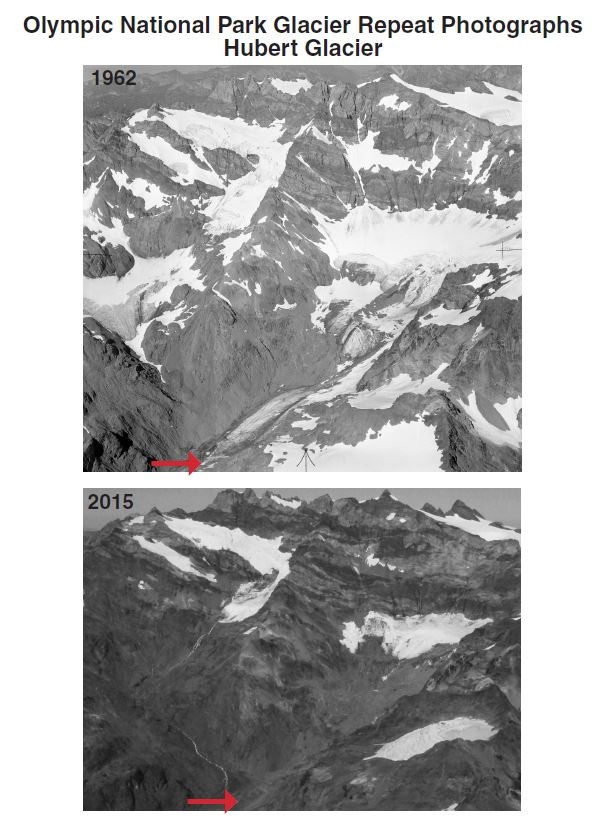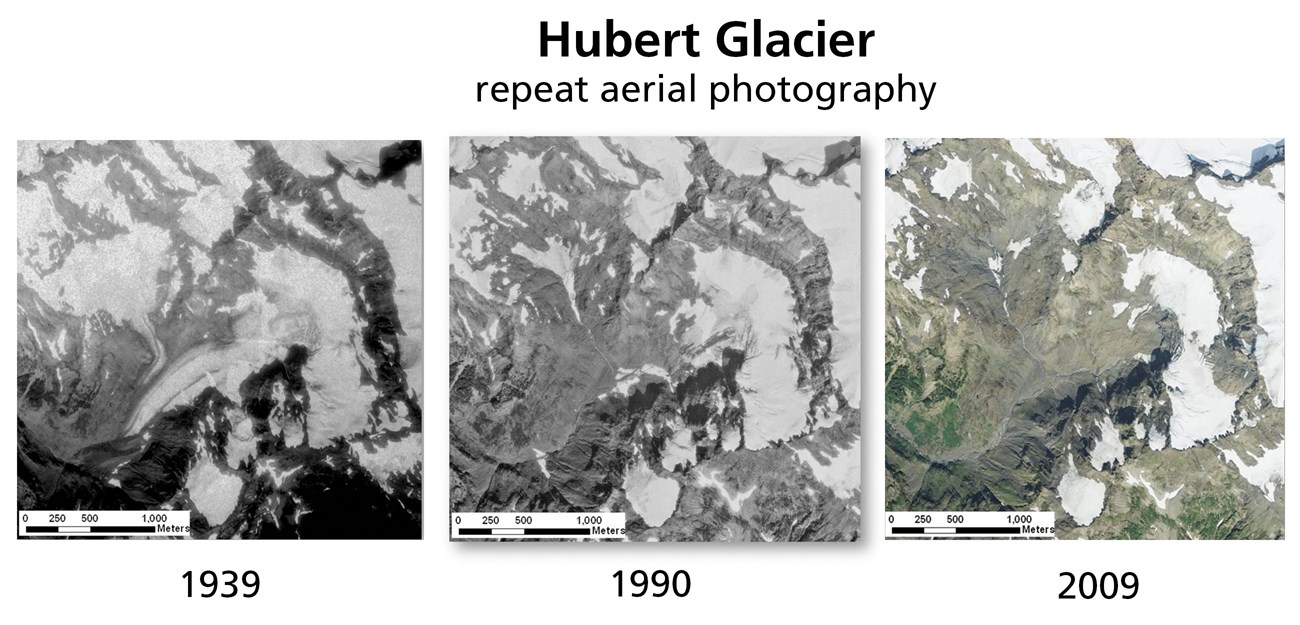
"When I think about memorializing something that is going to end in our lifetimes, something as ancient as the Hubert glacier, I can’t help but think of the next generation and how to share that story with them. How do we let them know we care and let them know what we are losing? How do we talk about something as scary as climate change? But, perhaps most importantly, how do we let them know that this important piece of their planet should not be forgotten by the passing of time. As my mind turned this over, I began to think that it might be more important and more revealing to the adults, the hegemony that has not appropriately responded to the crisis we are facing, to shift the perspective so that we can all actually hear from children. "The conundrum was how to bring the concept of a glacier to a small child who has never seen, or heard of such a thing existing, never mind a thing that is going to disappear? The subjects, or more accurately, storytellers of this piece are two brothers who are my neighbors. Emerson, age 5, and his little brother Cedar, age 3. We live across the dock from these guys on a sailboat very much like their own floating, sailing home. From our dock on the north end of Seattle the Olympic Mountains constantly keep us company to the west. They are our lives’ backdrops, as constant as the tides. Sometimes hiding in the fog, sometimes ablaze in neon sunsets, sometimes obscured by smoke. Always an elusive range that feels close but holds such imagination and mystery past their Eastern summits. "Over the last couple years, I have taken to writing Emerson and Cedar stories for things like birthdays and holidays, because let’s face it, you can’t give people who live on boats toys and more clutter. So naturally, I decided I needed to write a story about the Hubert Glacier to get them up to speed on our film topic and find what this material could provoke. This is the 'story board,' if you will, of the little book I gave to Emerson and Cedar so that we could have conversations about our glacier. My sketches and ideas were quickly illustrated by my good friend and collaborator, Andrew Steers, who is also a neighbor and boat dweller, as well as an art teacher at two local colleges. This little book concept was a big part of the basis for how I approached shooting this short film and trying to immerse myself in their world, looking towards the future, thinking about the Hubert Glacier, playing hard, living on a boat, and visiting the natural treasure that is Olympic National Park. I tried my best to capture this story from this two to three-foot level, to share the bigger story on which we all need to collectively focus. I couldn’t quickly answer what I want the audience to come away with or feel. I suppose that’s why I make films. The answer is complicated. If I knew how to just use words to answer that question, I would just write an essay or record a podcast. But I do hope we have honored the Hubert Glacier with time and intention spent concentrating young wild minds on her and in the South Hoh in the watershed below the terminus of her ancient snow and ice." -Jeremy Hunter Rubingh 
Meet the artist: Jeremy Hunter RubinghJeremy Hunter Rubingh is a documentary filmmaker, writer, conservation strategist, and Alaska commercial fisherman. In 2020 he produced Patagonia, Inc.’s award-winning film, Public Trust, which delves into the modern-day threats to America’s public lands. He recently executive produced Suncor Sundown (2022), a short project focused on environmental justice that puts the camera in the hands of local filmmakers in the communities surrounding Colorado’s only oil refinery. In 2015, Rubingh conceptualized, and executive produced the short film, Unacceptable Risk: Firefighters on the Frontlines of Climate Change, a portrayal of the difficult choices fire chiefs must make in the face of new climate change-induced fire regimes. Rubingh’s first short documentary, Red Lady: The Battle for Your Mountains, depicts a mountain town’s decades-long fight to protect their watershed from a large-scale mine. The film won awards at festivals across the United States and was delivered to every member of congress to advocate for meaningful 1872 Mining Law reform. 
More about Hubert GlacierThough the 2015 retake is from a lower altitude, it is obvious the lower sections of these south-facing glaciers (Hubert is on the right) have disappeared (however, the debris on the middle section of the Hubert in 2015 likely covers remnant glacial ice). Aerial photos from 1939, 1990 and 2009 (below) show the extent of melting from a bird's eye view, and the change from a valley glacier to a cirque glacier. 

|
Last updated: April 21, 2025
